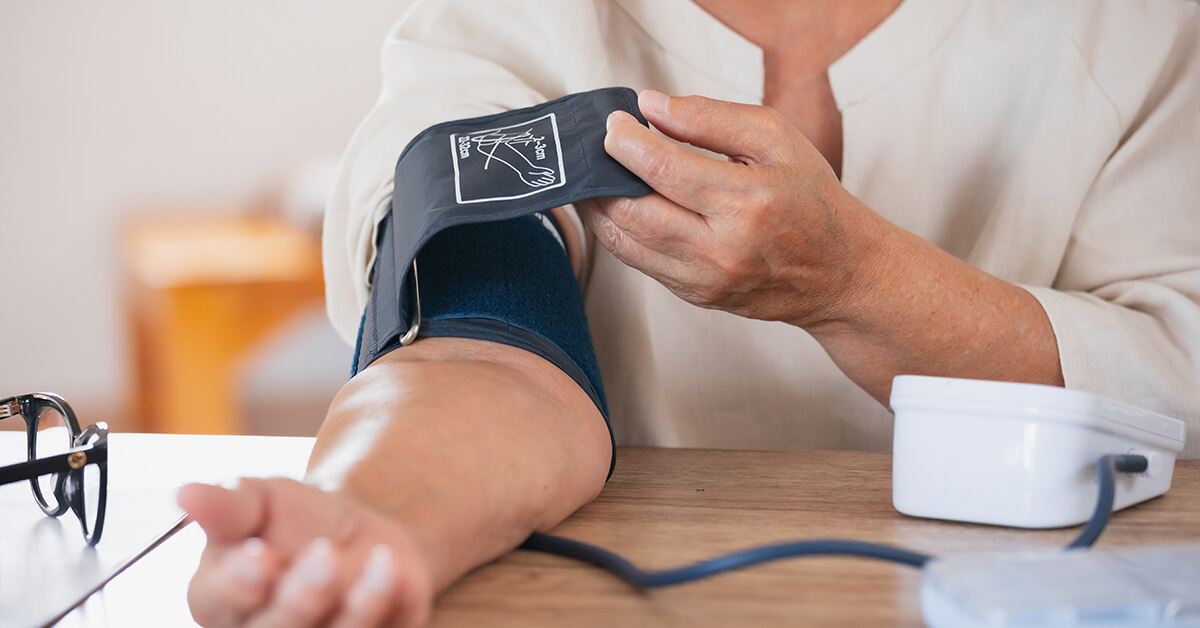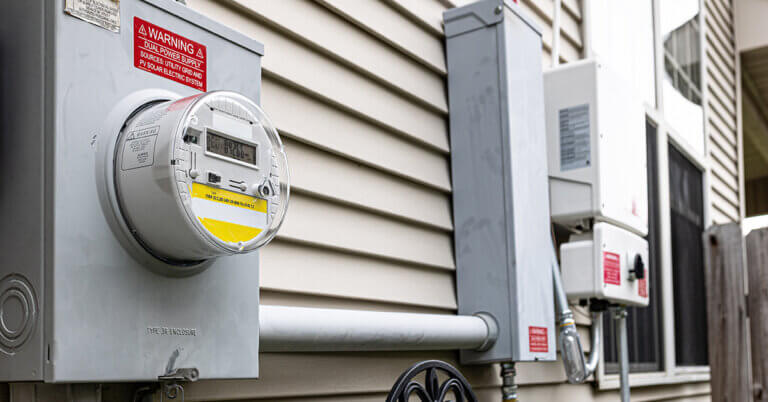May 15, 2024

Cashing in on DIY Health Risk Assessments?
My mom is 85, and she still lives alone in the same house that me and my sister grew up in. My mom’s in relatively decent health for a person her age, but my sister and I make her text us sometime after dinner and before bed to let us know she’s still alive. We call it “proof of life.” She likes to know we’re alive, too.
The daily proof of life ritual came about after we couldn’t reach my mom for almost two days. My sister and I flipped a coin to see who would drive the 40 minutes to my mom’s house to see if she was dead. My sister lost, and as she was getting in her car, my mom called. She left her phone outside on the patio table and forgot where it was. We called off the recovery mission.
My mom’s nightly texts are a sliding scale of how she’s feeling. She’s one of the following:
- OK
- Fine
- Good
- Great
That’s our do-it-yourself health risk assessment, aka our DIY HRA. It’s not scientific. It’s unstructured data. It gets the job done.
I discovered that our family ritual parallels trends in healthcare when I read a new study in Health Affairs on Medicare Advantage (MA) plans and health risk assessments (HRAs).
Before I comment about what the study said, let’s quickly go over the MA plan business model. On one end, MA plans overstate how sick their enrollees are to extract higher payment rates from the federal government and increase revenue. On the other end, MA plans understate how sick their enrollees are to deny coverage to enrollees and deny claim for payment from providers and decrease their costs.
Higher revenue and lower costs equal higher profits in any industry, including healthcare.
Anyway, seven researchers from Brown University looked at the use of HRAs by MA plans. MA plans use the results from HRAs to adjust Hierarchical Condition Categories (HCC) risk scores. The worse the HRA results, the higher the HCC risk scores, the higher the reimbursement rates from Medicare to pay for the level of care required by the enrollees.
HRAs are fairly standard. MA plans or companies under contract with MA plans conduct them as part of annual wellness visits. Although the HRA questions are fairly standard, how enrollees answer them and how agents conduct HRAs and interpret enrollees’ answers can be subjective.
Here’s what the researchers found using MA plan encounter data from Medicare:
- 44.4% of MA plan enrollees had at least one HRA in 2019.
- HCC risk scores jumped nearly 13% for enrollees with at least one HRA.
- The higher risk scores increased payments to MA plans by more than $12 billion in 2020.
“The overuse of HRAs by some plans may lead to substantial payment distortions in the MA program if the risk-score increases due to HRAs are not necessarily associated with increased resource use,” the researchers said.
Translated from health services researcher speak, that’s exactly the same MA business model I described earlier. Now, as people who partake in HRA management every single day, how can my sister and I get a piece of that $12 billion?
Thanks for reading.
To learn more about what’s going on with MA plans, please read, “Medicare Advantage Is Pushing People’s Buttons.”





